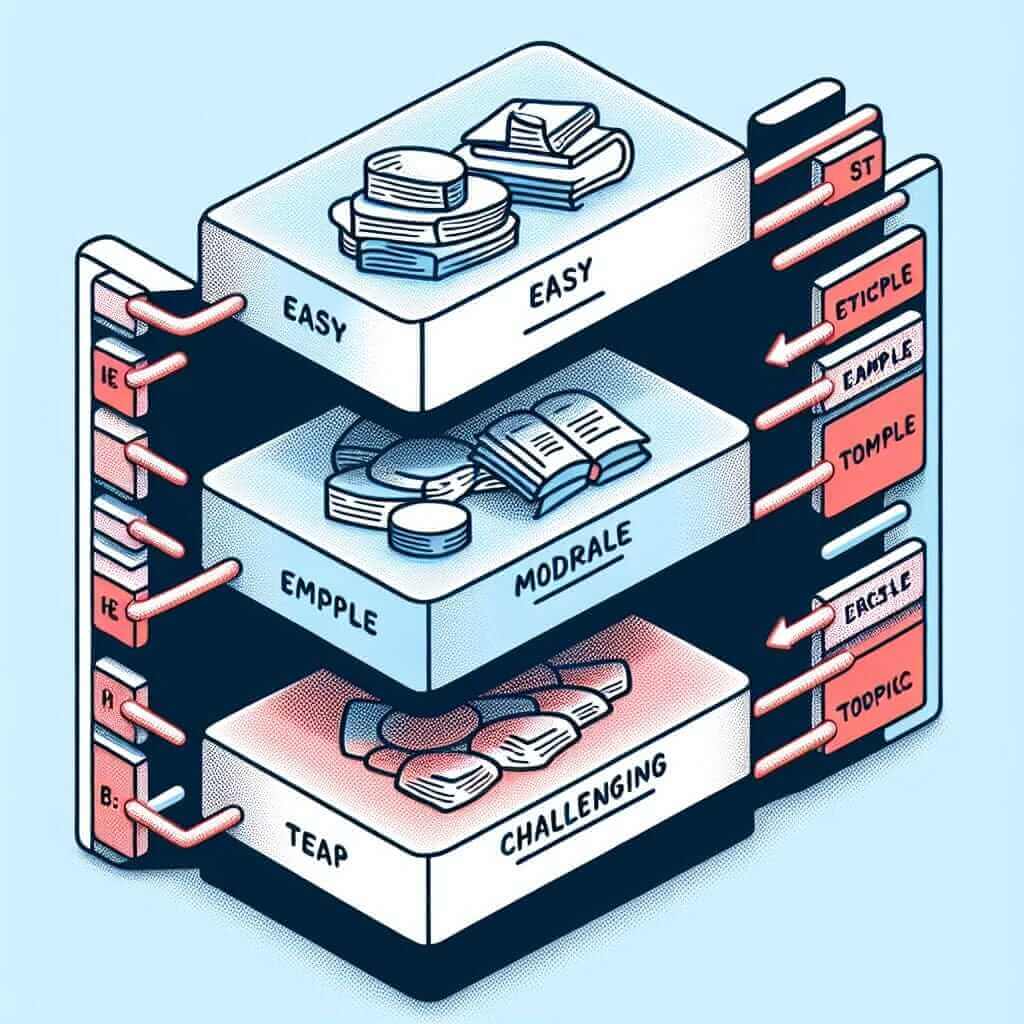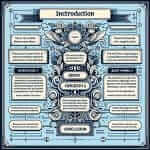As an IELTS instructor with over two decades of experience, I often encounter students who feel overwhelmed by the IELTS Reading test. A key step to conquering this section is understanding its structure. So, let’s break down the answer to the common question: “How many parts to IELTS Reading?” and equip you with the knowledge to navigate it effectively.
Unpacking the IELTS Reading Test Format
The IELTS Reading test, regardless of whether you choose Academic or General Training, comprises three distinct reading passages. However, it’s important to note that these “parts” are not timed separately. You have one hour to complete all three passages and their corresponding 40 questions.
Delving Deeper: What Defines a “Part”?
Each part in the IELTS Reading test presents a unique set of challenges:
1. Text Length & Complexity: Generally, the passages increase in length and complexity as you progress. Part 1 might start with a more straightforward text, while Part 3 could present a longer, more academic article.
2. Question Types: While the IELTS Reading test boasts a variety of question types, certain types tend to appear more frequently in specific parts. For example, Part 1 might have more ‘matching headings’ or ‘sentence completion’ questions, while Part 3 might focus on ‘multiple choice’ or ‘yes/no/not given’ questions.
 IELTS Reading Test Structure
IELTS Reading Test Structure
Illustrating with an Example
Let’s visualize this with a potential IELTS Reading test structure:
Part 1: An article about a local museum exhibit (easier)
Part 2: A description of a company’s new employee training program (moderate)
Part 3: An academic essay discussing the history of artificial intelligence (more challenging)
Strategic Tips for Success
Understanding the structure is just the first step. Here are some tips to excel in the IELTS Reading test:
1. Skim and Scan Effectively: Familiarize yourself with different reading techniques like skimming for main ideas and scanning for specific information.
2. Manage Your Time Wisely: Don’t get bogged down on a single question. Remember, all questions carry equal marks.
3. Practice with Authentic Materials: Utilize practice tests and read English texts regularly to improve your comprehension skills.
4. Develop Your Vocabulary: A strong vocabulary is essential for understanding complex texts. Make a habit of learning new words regularly.
In Conclusion
Successfully tackling the IELTS Reading test requires more than just language proficiency; it demands strategic planning and a solid understanding of the test format. By recognizing the three-part structure and practicing effectively, you can approach the test with confidence and achieve your desired score. Good luck!


